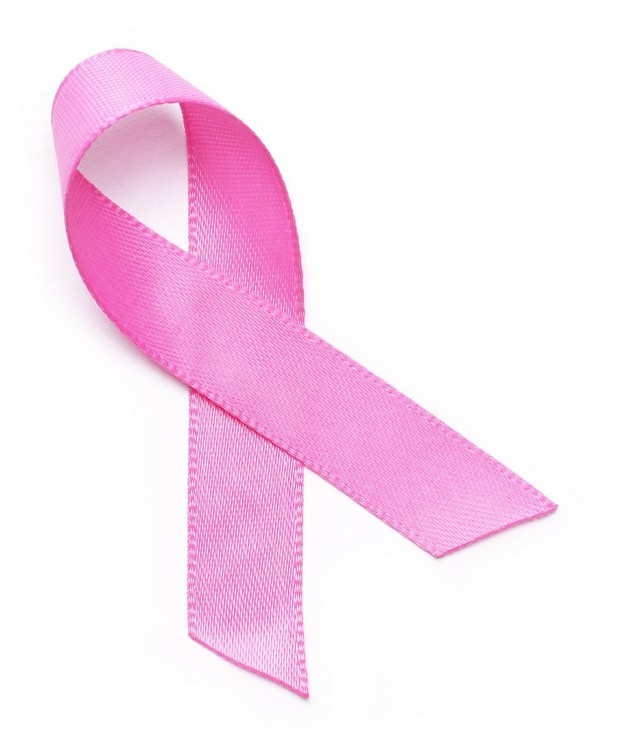Think Pink – October is Breast Cancer Awareness Month & Early Detection Saves Lives

Near the end of every September, pops of pink begin appearing throughout Colorado. We all know this means Breast Cancer Awareness Month is coming. More than 4,000 women in Colorado will be diagnosed with breast cancer this year. One in eight women will be diagnosed with breast cancer in her lifetime.

The good news is that advancements in early detection and treatment for breast cancer continue to improve. So as we embark on walking, running or hiking to support our loved ones who have been diagnosed with breast cancer, remember that early detection, knowing your risk factors and maintaining a healthy lifestyle are key in the fight against this disease.
Screening
Healthy women who have no family history of breast cancer should begin talking with their primary care physicians about the risks and benefits of mammography beginning at age 40. It’s important to discuss other risk factors you may have that could influence how often you should be screened for breast cancer. All women should start regular mammograms at age 50. After the first exam, continue mammograms every one to two years, depending on the results and advice of your physician.
Risk Factors
There are several common risk factors that increase a woman’s risk of developing breast cancer.
- Being a woman. While men do develop breast cancer, the disease is almost 100 times more common in women.
- Age. The majority of invasive breast cancers are discovered in women over the age of 55.
- A first-degree relative with breast cancer. Having a mother, sister or daughter with breast cancer almost doubles a woman’s risk for the disease.
- Any atypical cells discovered on a previous biopsy.
- Radiation on the chest wall for another form of cancer.
- Positive genetic test for the BRCA1 or BRCA2 gene. These proteins help repair damaged DNA. When either gene is mutated, that damage may not be repaired properly. Cells within the breast are then more likely to develop additional mutations that can lead to cancer. According to the journals Breast Cancer Research and Human Genetics, BRCA1 and BRCA2 mutations account for 20-25 percent of hereditary breast cancers and 5-10 percent of all breast cancers.
- A personal history of breast cancer. A woman with cancer in one breast has a higher risk of developing a new cancer in the other breast or another part of the same breast.
Treatments
Breast cancer is typically treated with surgery, radiation therapy, chemotherapy, hormone therapy or targeted therapy (treatment specifically targeted to the cancer cells).

Importance of a healthy lifestyle
A healthy lifestyle is the best defense against any type of cancer. This can be difficult for women as exercise and good diet habits frequently get tossed aside when responsibilities at home and work pile up.
Stress management, a balanced diet, sleep hygiene and consistent exercise help to boost energy and overall wellbeing. Even adding just two to five minutes of exercise and 30 more minutes of sleep to your daily routine will make you feel better and, in the long run, potentially reduce your risk of developing breast cancer.
– Patricia Dietzgen, D.O., is a family medicine physician practicing at the Kaiser Permanente Frisco Medical Offices.
~MTN Town Magazine
We are Colorado’s Mountain Town Magazine sending healing, joyful vibes to #NateStrong

MTN Town Magazine Copyright © 2016 MTN Town Magazine all rights reserved.
